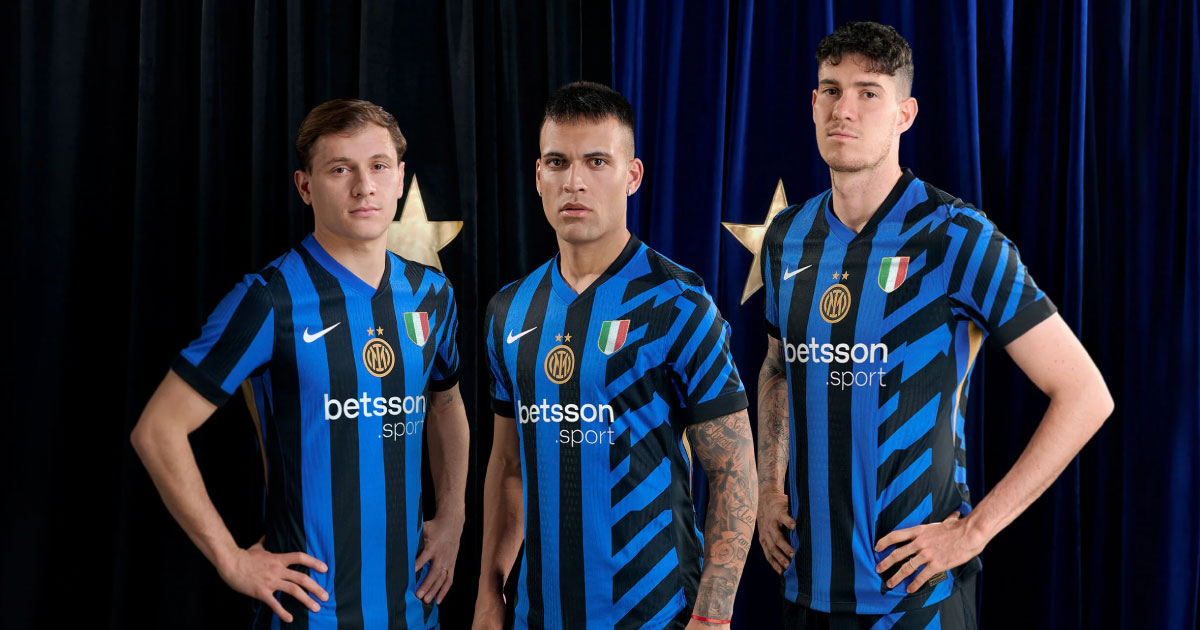
The evolution of football jersey marketing: from sportswear to fashion icon
In recent years, the marketing related to football team jerseys has gained increasing importance, becoming a true cultural phenomenon. It is no longer just a simple piece of clothing but a symbol of belonging and identity for millions of fans around the world. Today, the design of jerseys is meticulously crafted, with colors, logos, and graphics that tell the story and values of the club, strengthening the emotional bond with the fans.
Football teams are increasingly collaborating with fashion brands and internationally renowned designers to create unique and original jerseys, capable of attracting not only football enthusiasts but also a broader audience. These collaborations not only elevate the product’s aesthetics but also transform it into a desirable object, capable of crossing the boundaries of sport and fully entering the world of fashion.
The success of a jersey is not only measured on the field but also in stores and online, where jersey-related merchandising represents one of the main sources of income for clubs. An appealing design, launched with a well-orchestrated marketing campaign, can translate into staggering sales, generating significant revenue for the team.
But there’s more: football jerseys have become a real trend in pop culture, worn by celebrities, musicians, and influencers, not just during matches. This has turned jerseys into fashion items, expressions of style and personality, further expanding their market. The possibility of customizing jerseys, by adding one’s name or that of a favorite player, has further strengthened the bond between fans and the team, creating an even stronger sense of belonging.
The marketing of football team jerseys has become so significant that it has transformed a simple sports garment into a powerful vehicle of identity and emotions. Today, every jersey tells a story, reflected in the colors, design details, and aesthetic choices that clubs adopt to represent their essence. It is no coincidence that the most important teams collaborate with world-renowned designers and fashion brands to create jerseys that are not only visually appealing but also status symbols, worn with pride not only by fans but also by public figures and celebrities.
This evolution in jersey marketing fits into a context where football is increasingly a global phenomenon, capable of transcending sports and cultural barriers. Jerseys thus become marketing and communication tools, used by clubs to consolidate their presence in the international market, expand their fan base, and increase revenues. The launch campaigns for new jerseys are true media events, capable of generating great anticipation and capturing public attention, especially on social media, where fans express opinions, share, and spread content, further amplifying the message.
Beyond the aesthetic and commercial aspects, jersey marketing intertwines with popular culture. Wearing a football team’s jersey has become a way to express one’s belonging, not just to a club but also to a global community. In this context, the design of jerseys has the power to unite different generations and cultures, creating a bond that goes beyond mere fandom.
The phenomenon does not only concern big clubs: even smaller teams use jersey marketing to stand out and create a strong, recognizable identity. In an era where image is everything, the role of football jerseys has transformed, making them not only a sports symbol but also a style icon and a powerful marketing tool.
Jersey marketing has become an essential component for clubs, a strategy that goes beyond the playing field and embraces the world of fashion, branding, and fan engagement, turning every jersey into a powerful tool for communication and profit.



